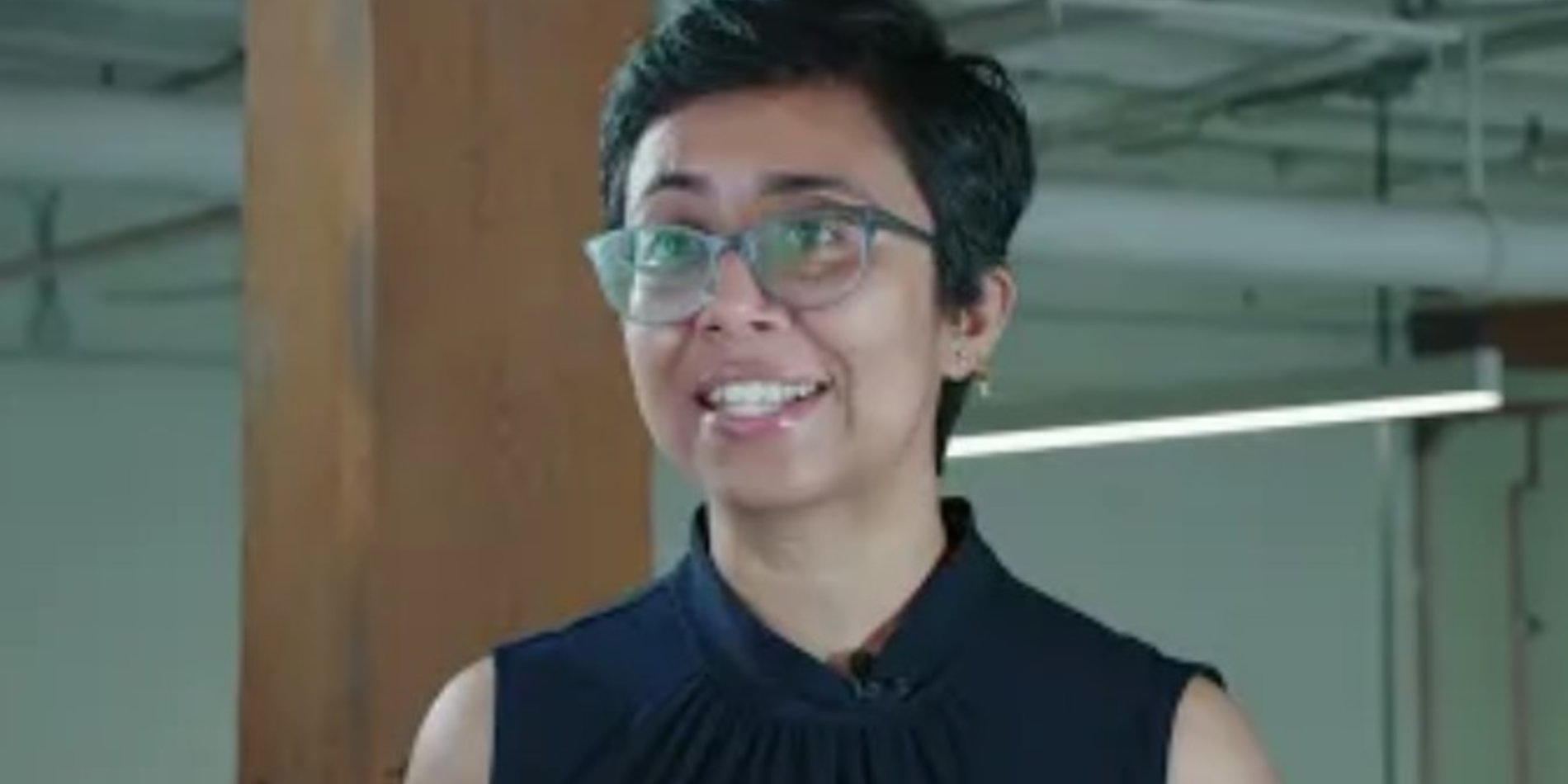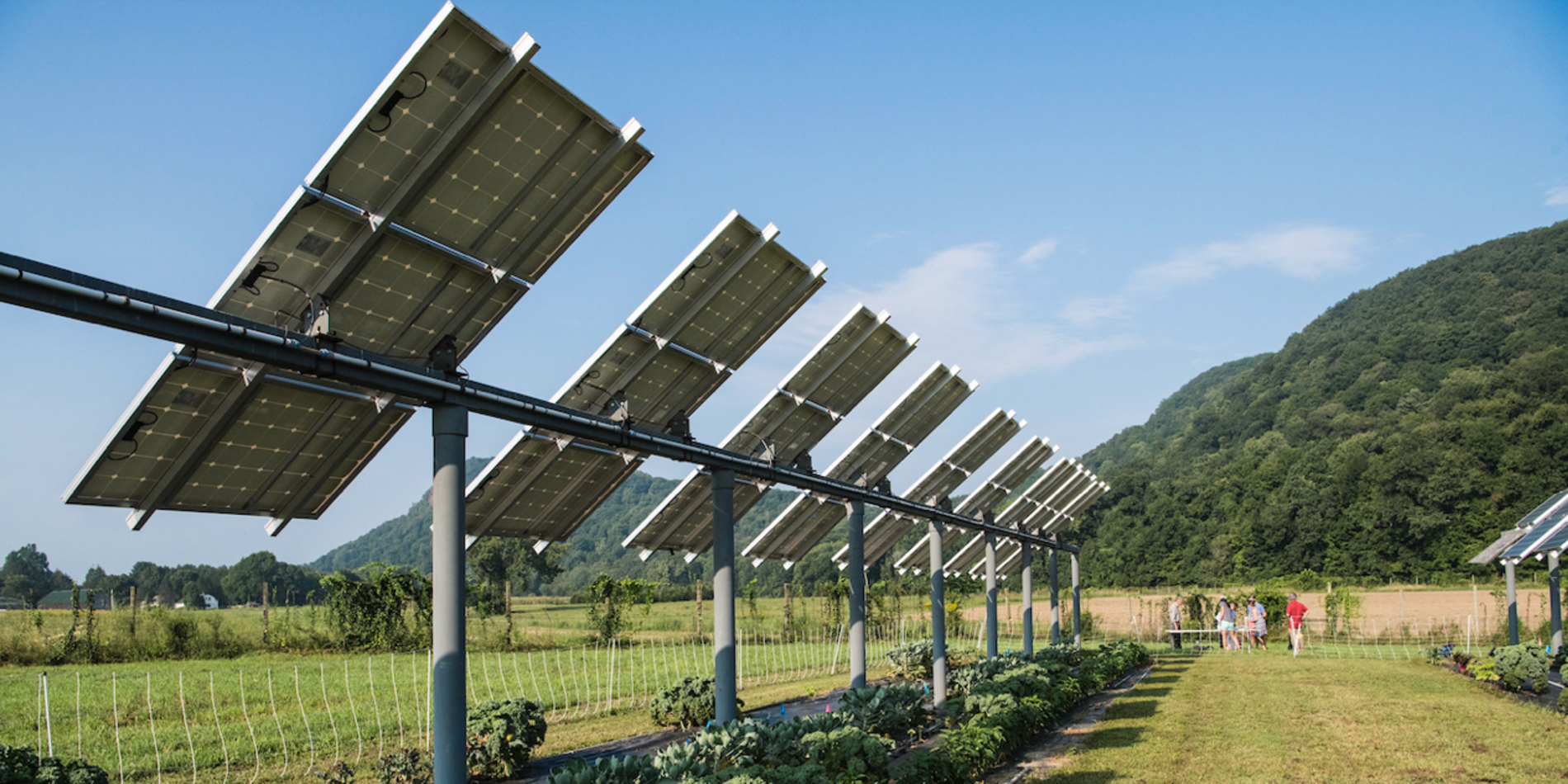Summer of Alchemy
Students learn how to turn methane into electricity, and a deluge of data into expertise.

“We’re always going to have biogas because, unfortunately, there’s always going to be waste,” says Cami Tussie, ’21, referring to the gas emitted by food scraps, yard clippings, and other organic materials as they decompose in landfills, wastewater treatment plants, and dairies. “You can either burn those fumes or transform them into renewable energy.”
Throwing out last night’s leftover spaghetti might seem harmless enough, but what few people realize is that trash continues releasing methane gas for years—sometimes for decades—after it has been dragged curbside. Because methane is one of the most harmful greenhouse gases (nearly 30 times more potent than carbon dioxide), all joking about cow flatulence aside, it’s a serious issue.

That is why in 2016, Sacramento lawmakers passed California Senate Bill 1383, establishing targets to cut statewide levels of organic waste headed to landfills by 50 percent in 2020 compared to 2014 levels, and by 75 percent in 2025. The bill requires dairy farms to cut their methane emissions as well.
Progress has been steady but painstakingly slow, and this is where the TomKat Center’s Energy Impact Fellows began their investigation.
Diving deep, learning swiftly
Tussie says she knew next to nothing about biogas when she walked into her first day of the fellowship in June. She and five other fellows received broad instructions from the TomKat Center for Sustainable Energy, which cosponsors the project with the Haas Center for Public Service. They were given the task of investigating the obstacles that limit turning the biogas emissions from California’s dairy farms and landfills into a renewable energy source.


Ben Demonbreun, ’18, MS ’19, another fellow, describes the early days of the fellowship as drinking information from a firehose, listening to back-to-back lectures from experts (“who were excellent communicators,” he adds). Even so, the students were swimming in new knowledge.
Yet in that strange alchemy of being in over your head, bombarded with new concepts and perspectives, he says by the end of the summer the leaden weight of a demanding project had transmuted into gold. They rapidly developed a 360-degree view of how all the complex aspects of the problem fit together. By September, the team presented to the California State Legislature their recommendations for expanding the use of biogas.
“I was stretched in so many ways,” says Demonbreun.
The fellows interviewed more than 30 professionals in the field, visited multiple landfills, and sifted through the many threads to form a coherent vision for the future. Not just for the energy landscape in California, but for their own career paths, too. “It’s given me a list of real ideas for career directions—and personal contacts in industry and government who I can call,” he says.

More than gaining prowess in one subject, the fellows also learned a systems-level understanding of what needs to happen for sustainable energy technologies to make a real impact. They saw first-hand how operational, regulatory, and economic challenges must all be addressed in order for change to be adopted at levels that make a difference.
For Tussie, the youngest of the fellows, who will be presenting the team's research at a wastewater treatment conference this spring, what really transformed was her confidence.
“People picked up the phone who I never expected would speak with me,” says Tussie. “After this past summer, I’ll be a lot less intimidated.”
By summer’s end the fellows authored a 76-page report with insights on everything from how to better educate consumers on composting to how to ease overly stringent rules on injecting methane into California natural gas pipelines. A key part of the report is a list of comprehensive recommendations for eliminating fugitive methane emissions while at the same time deriving value from this renewable energy resource. Read the full report here.
“When I look at the report we wrote, I can’t believe how it all came together,” says Tussie.
Learn more about Energy Impact Fellowships.




